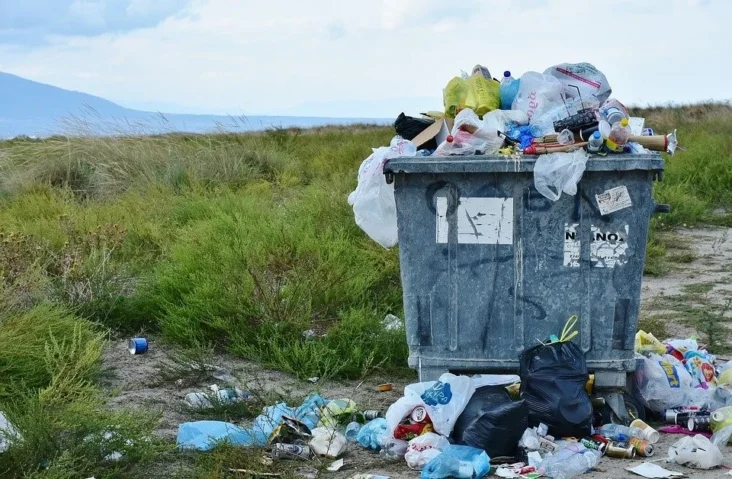Waste recycling is like giving our planet a helping hand. It’s a way to turn old things into new treasures and reduce the mess we leave behind. In this simple guide, we’ll explore what waste recycling is all about and why it’s so important.
What Is Waste Recycling?
At its heart, waste recycling is the process of collecting and reusing materials that would otherwise be thrown away as trash. It’s like finding a second life for things we no longer need, just like turning an old toy into a brand-new one.
Why Is Waste Recycling Important?
Recycling is like a superhero for the environment, and here’s why:
- Conserving Resources: Instead of using up fresh resources like trees for paper or mining for metals, recycling lets us reuse what we already have. It’s like using leftover ingredients to cook up a delicious meal.
- Reducing Pollution: When we toss things in the trash, they often end up in landfills, where they can create pollution. Recycling helps keep these materials out of landfills and minimizes their impact on the environment.
- Energy Savings: Making things from scratch can be energy-intensive. Recycling often requires less energy, like using a microwave instead of a big oven to heat your food.
- Protecting Wildlife: Sometimes, our trash can harm animals and their habitats. Recycling helps keep the environment clean and safe for all living creatures.
How Does Waste Recycling Work?
Recycling is like a well-orchestrated dance with these main steps:
- Collection: First, recyclables like paper, plastic, glass, and metal are collected from homes, businesses, and communities.
- Sorting: Imagine a giant puzzle with different pieces. Recycling facilities sort and separate these materials into their respective categories.
- Processing: Each material goes through a unique process to clean, shred, and prepare it for its next adventure.
- Manufacturing: Recycled materials are used to make new products. It’s like turning old crayons into brand-new colorful artworks.
What Can Be Recycled?
Recycling isn’t limited to one type of material. Common recyclables include:
- Paper: Newspapers, cardboard, and office paper.
- Plastic: Bottles, containers, and even some plastic bags.
- Glass: Bottles and jars.
- Metal: Aluminum cans, steel cans, and more.
Tips for Responsible Recycling:
- Know Your Local Rules: Recycling guidelines can vary by location, so it’s important to follow your area’s specific rules.
- Clean It Up: Rinse out containers before recycling to prevent contamination.
- Reduce and Reuse: Remember the 3 R’s – Reduce what you use, Reuse when possible, and then Recycle what’s left.
- Recycle Electronics: Old gadgets like phones and laptops can be recycled too. Many manufacturers have programs for this.
Conclusion:
Waste recycling isn’t just about bins and trucks; it’s about a collective effort to protect our planet. By recycling, we conserve resources, reduce pollution, and make the world a cleaner, healthier place for everyone. So, the next time you toss something in the recycling bin, know that you’re making a positive impact on the environment – and that’s something to be proud of.


